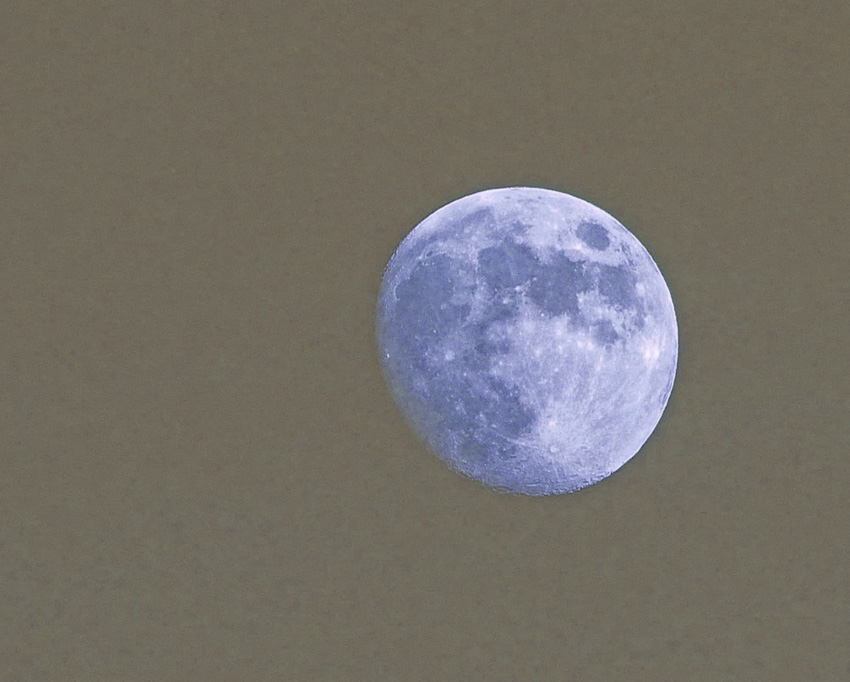
“Blue Moon, You saw me standing alone…”
“Once in a Blue Moon”
There are two astronomical definitions of a Blue Moon; both are a type of Full Moon. When the Moon very rarely actually looks blue, it’s because of a certain size dust particles in the atmosphere. The next Blue Moons will occur on Friday, July 31, 2015 and Saturday, May 21, 2016 .
The phrase, once in a Blue Moon, is colloquially used to suggest that something is very rare. But just how rare, depends on your definition.
In astronomy, Blue Moon is defined as either the third full Moon of an astronomical season with four full Moon or the second full Moon in a calendar month.
Such a blue Moon (second full Moon in single calendar month) will next occur on Friday, July 31, 2015 at 10:43 am UTC.
Contrary to popular belief, a Blue Moon is not actually blue in color. Blue Moon is a term that is used to describe the third full Moon of an astronomical season that has four full Moons. The Blue Moon pictured above was Photoshopped, I confess.
There are 4 astronomical seasons in a year:
spring – March Equinox to June Solstice,
summer – June Solstice to September Equinox,
fall (autumn) – September Equinox to December Solstice, and
winter – December Solstice to March Equinox.
When one of the seasons in a year has four full Moons, instead of the usual three, the third full Moon is called a Blue Moon.
These days, the second full Moon in a calendar month is also often referred to as a Blue Moon. This particular use was popularized due to a miscalculation published in a 1946 article in Sky and Telescope magazine. Such Blue Moons occur rather frequently – at least once every two or three years. The next such blue Moon will occur on July 31, 2015.
Blue colored Moons do rarely occur when dust or smoke particles in the air are of a specific size. Such particles help create a blue colored Moon by scattering blue light.
